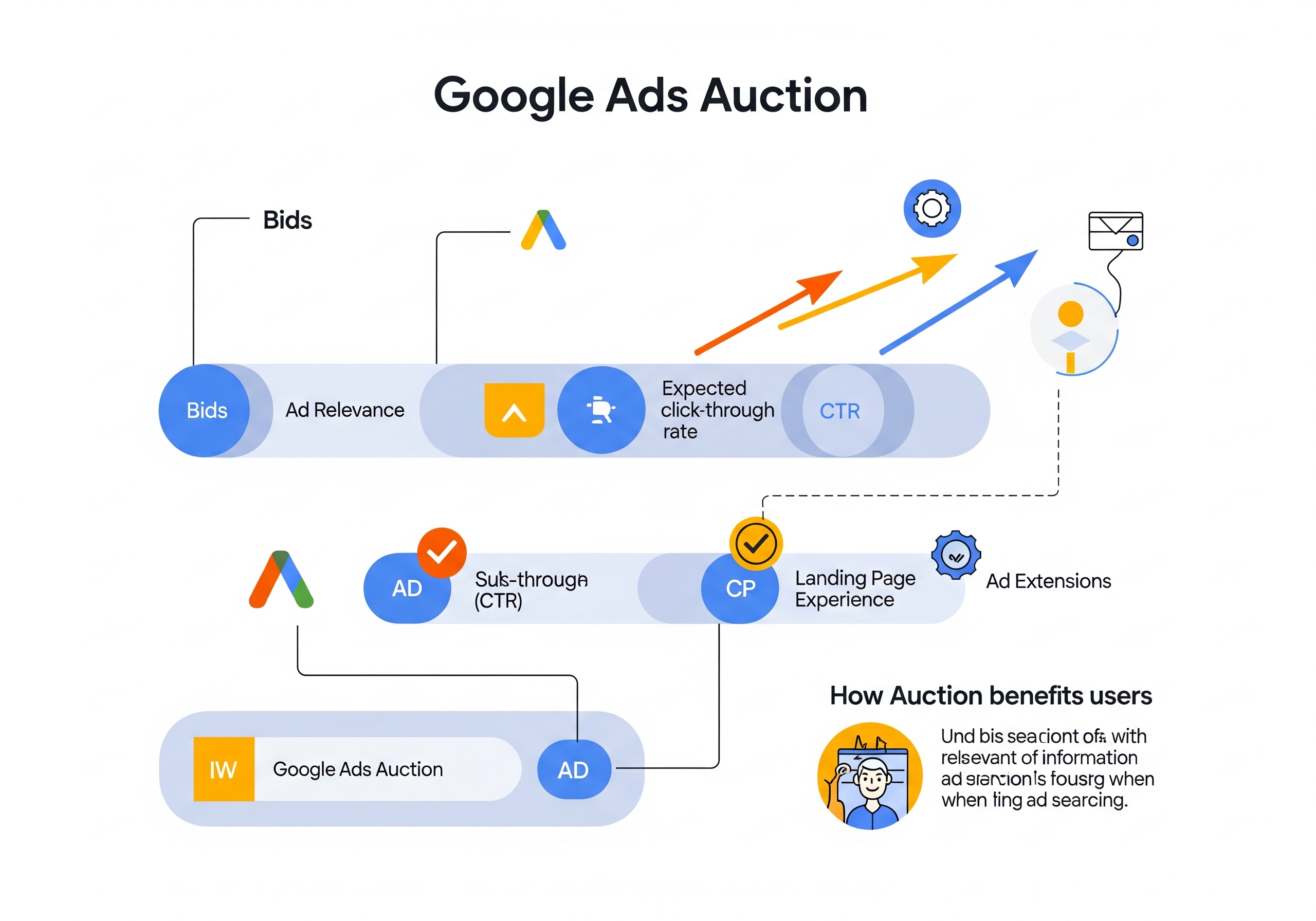2025-6-12
In an ever-evolving digital landscape, leveraging adaptive ad technologies is paramount. Responsive Search Ads (RSAs) are at the forefront, utilizing Google's AI capabilities to align ad content with user intent, dynamically forming optimal ad configurations. This guide delves into strategies and tools crucial for optimizing RSAs, offering insights for both advertisers and marketers keen on maximizing their digital campaigns.
Responsive Search Ads are Google’s advanced ad format, designed to dynamically adjust ad content based on user behavior and preferences. Users input several headlines and descriptions into Google Ads, and Google's system generates various combinations, assessing their effectiveness in real-time and selecting the best-performing variant to display.
The primary advantage of RSAs is their adaptability. Google's AI sifts through user inputs—up to 15 headlines and 4 descriptions, dynamically creating ads tailored to search queries and behavioural signals. This flexibility maximizes relevance and performance, ensuring that ads can adapt across diverse device screens and user contexts.

RSAs unlock expansive audience reach by participating in more auctions than traditional text ads. This capability broadens exposure to potential segments, matching numerous queries with tailored ad content that aligns with individual needs and intents.
To fully exploit RSA potential, advertisers should prioritize variety and relevance in ad text. Aim for distinctive yet complementary headlines and descriptions, ensuring each element serves a specific purpose and collectively addresses diverse user intents.
Leverage Google's Ad Strength tool, which offers feedback on ad configuration efficacy. This feature rates aspects like relevance and diversity, providing actionable insights for refinement, ultimately enhancing ad performance.

Successful RSA campaigns require constant analysis. Monitor performance metrics, such as click-through rates and conversions, to identify which combinations generate the most engagement. Use these insights for iterative improvement, fine-tuning headlines and descriptions for sustained ad performance.
Businesses leveraging Google’s Responsive Search Ads (RSAs) have reported noticeable gains in both click-through rates and conversions. According to insights from Google, RSAs provide up to 61% more conversions and a 96% increase in click-through rates compared to traditional expanded text ads. These enhancements underscore RSAs' ability to deliver more personalized and effective advertising experiences. The actual performance metrics for RSAs can vary significantly across different industries and audiences, underscoring the importance of strategic optimization and targeting to achieve desired outcomes.
To maximize the efficacy of RSAs, it is crucial to follow best practices that focus on diversifying and refining ad strategies. Providing Google Ads with a robust variety of headlines and descriptions allows the system to test and identify the most impactful combinations for different user queries. This variety enables more tailored ad displays and enhances user engagement, translating to improved performance metrics. Continuously analyzing ad performance through metrics like CTR, conversion rates, and cost per conversion is critical for refining strategies and ensuring that RSAs meet campaign goals.
Offering a breadth of headline and description options ensures that Google Ads can dynamically align ad content with varying user searches. Advertisers can input up to 15 headlines and four descriptions, with a recommended minimum of eight to ten headlines and three descriptions. Each asset should be crafted to mirror the potential queries of target customers, enhancing ad relevancy and performance.
Your headlines and descriptions should not only include keywords but also highlight what sets your products or services apart. The inclusion of unique selling propositions – such as distinctive features, benefits, or discounts – can capture user attention and drive higher engagement rates. This strategic differentiation allows RSAs to stand out, appealing to the varied interests and priorities of your audience.
While incorporating keywords is essential for search alignment, overuse can lead to a robotic and inauthentic ad tone. It is paramount to strike a balance, weaving key terms into engaging, benefit-oriented messages that resonate with the audience. This approach not only preserves ad fluidity but also strengthens user connection and trust.
The combination of Smart Bidding with Broad Match settings amplifies RSA efficiency. Smart Bidding employs Google's machine learning to optimize bids for conversions, while Broad Match filters ad visibility through misspellings, synonyms, and related phrases. This dual approach maximizes reach and cost-effectiveness, adapting seamlessly to shifting user search behavior.
Looking ahead, Responsive Search Ads (RSAs) are expected to integrate more deeply with predictive analytics powered by AI. This will enable platforms like Google Ads to anticipate user intent even before a query is completed, delivering hyper-personalized ad combinations in real time. As these capabilities mature, advertisers will be able to forecast consumer behavior more accurately and deliver content that aligns seamlessly with evolving search patterns.
Responsive Search Ads mark a transformative shift toward intelligent, user-centric advertising. By leveraging Google’s AI and machine learning, RSAs deliver adaptable, personalized ad experiences that drive engagement and performance. As technology advances, staying informed and proactive in adopting emerging RSA strategies will be key to remaining competitive, maximizing ROI, and achieving long-term success in digital marketing.